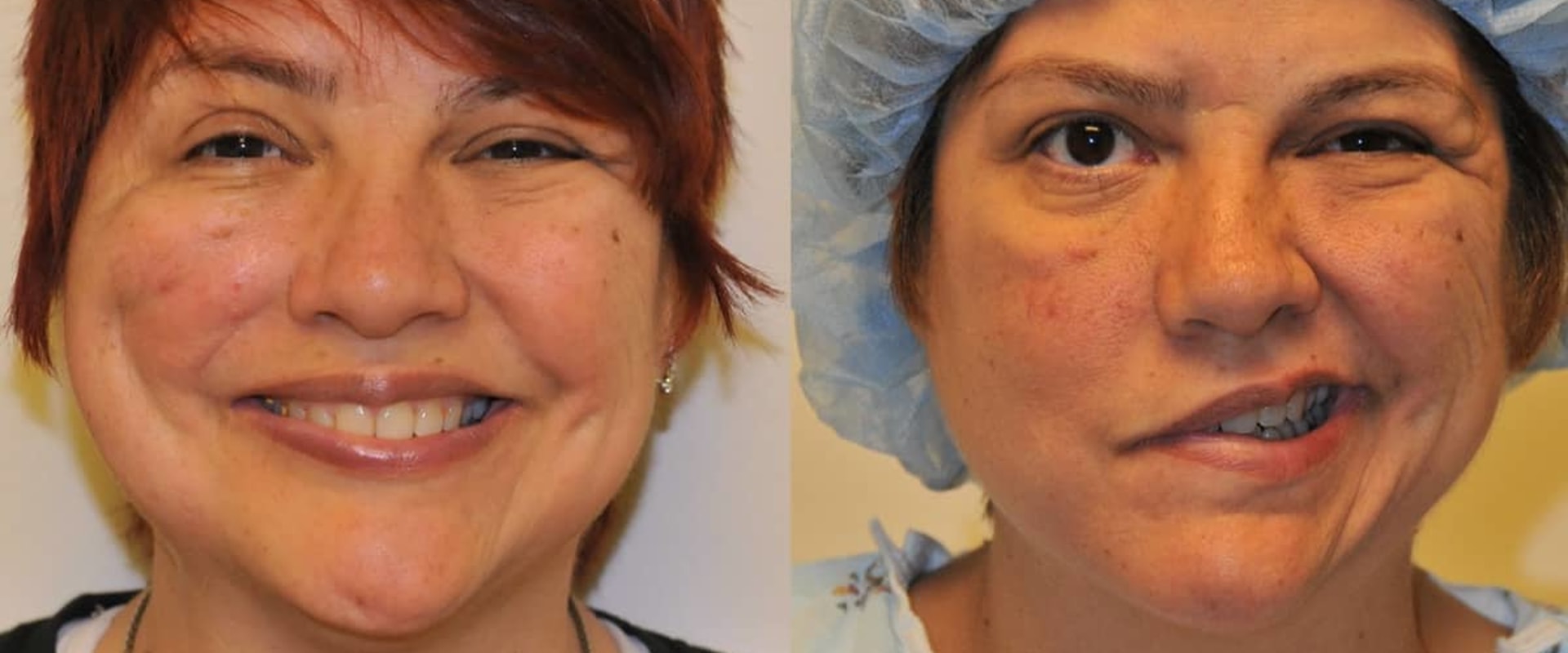Pain after facelift surgery is a common concern for many people considering cosmetic surgery. After any surgical procedure, you can expect some discomfort. In general, postoperative pain is mild and can be easily controlled with pain relievers. Many people don't need anything other than extra strong acetaminophen, such as Tylenol, for two to three days after surgery.
As the medications given to you in the operating room begin to go away, you may feel some general pain and discomfort. It's normal for the face to feel tender and sensitive. Before taking the pain relievers prescribed by your plastic surgeon, try to get something in your stomach. We recommend soft, mild foods that are low in sodium (to prevent further swelling), such as applesauce and crackers.
Taking pain relievers on an empty stomach can cause nausea, so it's best to get ahead of the game. Postoperative care for facial plastic surgery often revolves around the incision site, but patients tend to focus on the wrong things. During facial plastic surgery, it's not uncommon for some nerves to be severed, just because of the nature of the surgery. Depending on the facial plastic surgery procedure, you should avoid aerobic activities for at least two to three weeks after surgery.
A study on attitudes about plastic surgery that appeared in the World Journal of Plastic Surgery showed that pain from surgical procedures is one of the reasons potential surgery patients avoid going under the knife. A simple explanation of the healing process, based on your plastic surgeon's many years of education and experience, can help ease your fears. In the days after plastic surgery, you'll see discoloration and even dark purple or black bruising on your face and neck, sometimes even extending to your chest. In general, the plastic surgeon will ask you to avoid physical activity (or anything that increases blood pressure) and to keep your head elevated as much as possible for two weeks after surgery, but listen to your body and extend that time as needed.
When it comes to cosmetic procedures, there is no one-size-fits-all answer when it comes to pain levels and recovery times. The most painful procedures are typically those that involve cutting into the skin or tissue manipulation. For example, a facelift or rhinoplasty will be more painful than a chemical peel or laser treatment. The recovery time also varies depending on the procedure; a facelift may take up to six weeks before you can return to normal activities while a chemical peel may only take a few days.
No matter what type of cosmetic procedure you are considering, it is important to discuss any concerns about pain or recovery time with your plastic surgeon before undergoing any treatment. Your surgeon will be able to provide you with more information about what to expect during and after your procedure so that you can make an informed decision about whether or not it is right for you.







